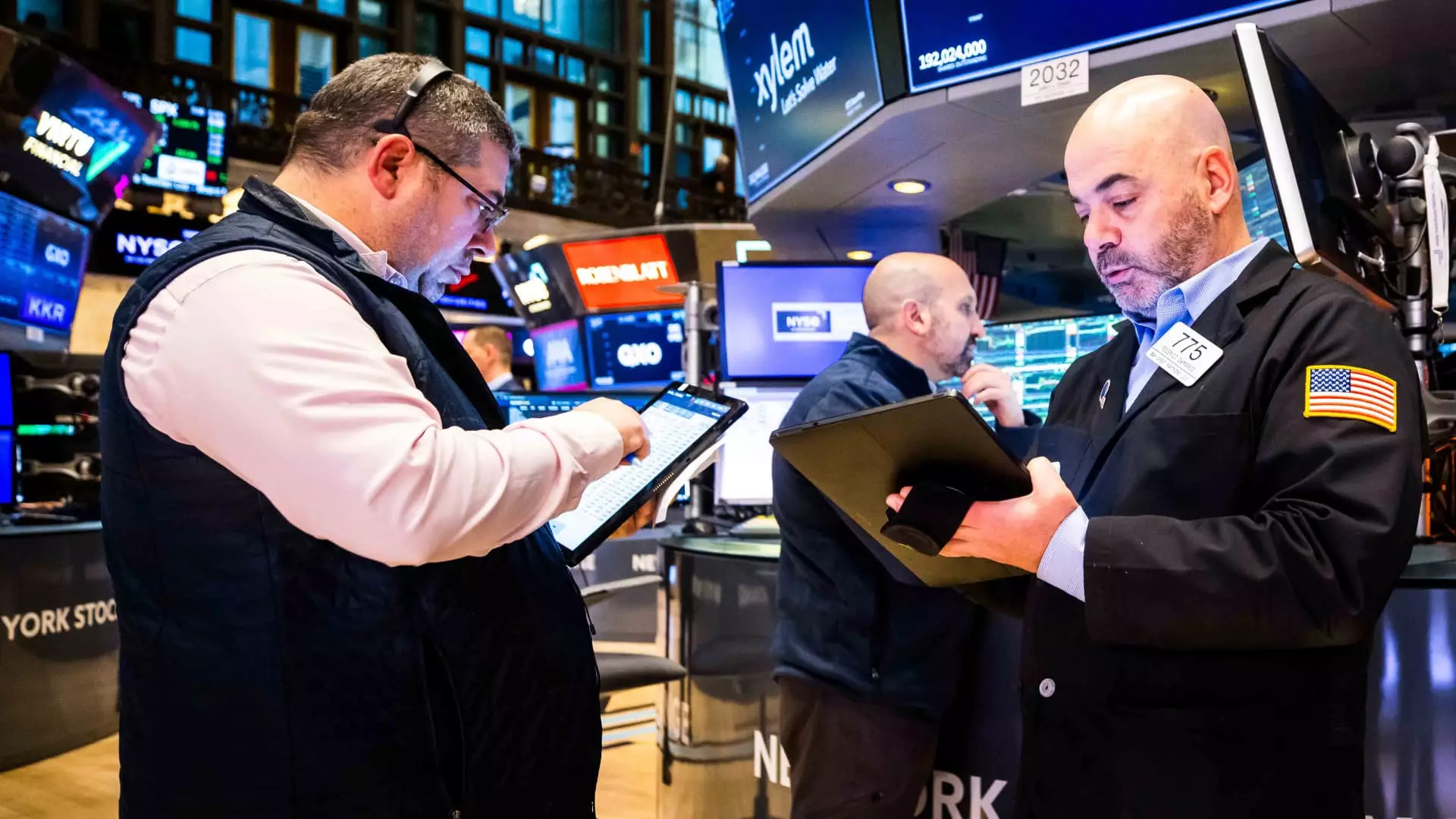Navigating the stock market may seem like a straightforward endeavor for investment professionals, but the statistics reveal a stark truth: success is far from guaranteed. According to reports from S&P Global, a staggering 73% of active managers fail to meet their benchmarks after just one year. This dismal performance only worsens over time, with an astonishing 95.5% of active managers falling short after five years. Even looking at a more extended period of fifteen years, the outcome is grim; almost no active manager can consistently outperform the market. This pattern has raised questions about the efficacy of active management and its long-term viability in an investment landscape increasingly dominated by passive strategies.
Renowned investment veteran Charles Ellis advocates for the growing prominence of index funds and passive investing strategies, asserting that the environment for active management is becoming increasingly hostile. As the popularity of these low-cost investment vehicles escalates, a dual concern emerges: while some in the industry fear that passive strategies may incur the downfall of active management, Ellis argues that this perception is misleading. The key challenge lies not in eliminating active managers, but in their ongoing struggle to maintain a competitive edge in a saturated market. Ellis emphasizes that the influx of new talent into active management is unlikely to cease, given the attractive compensation and perceived glamour that comes with this field.
Despite the above statistics, the sentiment surrounding active management appears paradoxical. Investment industry expert Dave Nadig notes a remarkable spike in inflows toward active management in recent times. In fact, the current trend shows that active exchange-traded funds (ETFs) are drawing investor attention, proving that there remains a market for actively managed products. However, these inflows pale in comparison to the robust growth seen in index funds and ETFs, primarily driven by everyday investors who often lack the sophistication to navigate the more intricate landscape of active management. This phenomenon suggests that, while the desire for active management persists, the majority of investment capital is still gravitating toward passive strategies that promise simplicity and lower fees.
Caveats of the Expanding ETF Market
Charles Ellis’s longstanding association with the investment community, including founding the consulting firm Greenwich Associates and previously serving on the board of The Vanguard Group, equips him with a unique perspective on the evolving ETF landscape. While Ellis acknowledges the benefits brought forth by ETFs—namely, the increase in accessibility and the steady decline of fees—he also expresses concern over the way in which new ETFs are marketed. He warns that many of these products may be devised more for the benefit of sales teams than for meeting the genuine needs of investors. Particularly alarming are specialized or narrowly focused ETFs, which can impose significant risks on unsuspecting investors who may not fully comprehend the implications of such targeted strategies.
Another critical factor complicating the active management debate is the role of technology. As advancements in technology level the playing field, stock pickers now have access to sophisticated tools and quantitative models that were once restricted to elite firms. However, this democratization of technology introduces its own challenges. Naturally, if all participants possess similar technological advantages, it diminishes the potential for any one trader to gain a unique advantage. Ellis aptly describes this scenario as “playing poker with all the cards face up,” suggesting that the expertise of active managers may inadvertently negate each other’s chances of success.
The ongoing discussion surrounding active versus passive management represents more than just a clash of strategies; it signifies deeper concerns about market efficiency and the viability of traditional investment wisdom. For investors, the implications are profound: they must navigate a complex landscape replete with options. As Ellis advises, identifying ETFs that align with individual objectives is paramount, especially given the multitude of specialized funds flooding the market. Ultimately, while the allure of stock picking and active management may persist, the present data echoes a sobering reminder that success in this realm is anything but easy, underscoring the necessity for investors to approach stock picking with skepticism and diligence.

